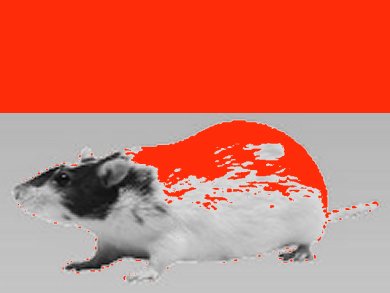Diseases such as retinitis pigmentosa (RP) and age-related macular degeneration (AMD) are the leading causes of incurable blindness in the western world. In these diseases, retinal cells, the photoreceptors, begin to die and with them the eye’s ability to capture light and transmit this information to the brain. Once destroyed, retinal cells, like other cells of the central nervous system, have limited capacity for endogenous regeneration.
Michael J. Young and colleagues, University of Iowa, USA, are the first to regenerate large areas of damaged retinas and improve visual function using induced pluripotent stem cells (IPS cells) derived from skin.
The researchers harvested skin cells from the tails of red fluorescent mice and transplanted them into the eyes of a mouse model of retina degenerative disease. Due to a genetic mutation, the retinas of these recipient mice quickly degenerate, the photoreceptor cells die and electrical activity is absent at the time of transplant as detected by ERG (electroretinography).
Within four to six weeks, the researchers observed that by stimulating the newly integrated photoreceptor cells with light they could detect a signal in the downstream neurons, which was absent in the other untreated eye.
The results hold great promise for future treatments and cures for retinal diseases.
- Transplantation of Adult Mouse iPS Cell-Derived Photoreceptor Precursors Restores Retinal Structure and Function in Degenerative Mice,
Mice Budd A. Tucker, In-Hyun Park, Sara D. Qi, Henry J. Klassen, Caihui Jiang, Jing Yao, Stephen Redenti, George Q. Daley, Michael J. Young,
PLoS ONE 2011.
DOI: 10.1371/journal.pone.0018992




